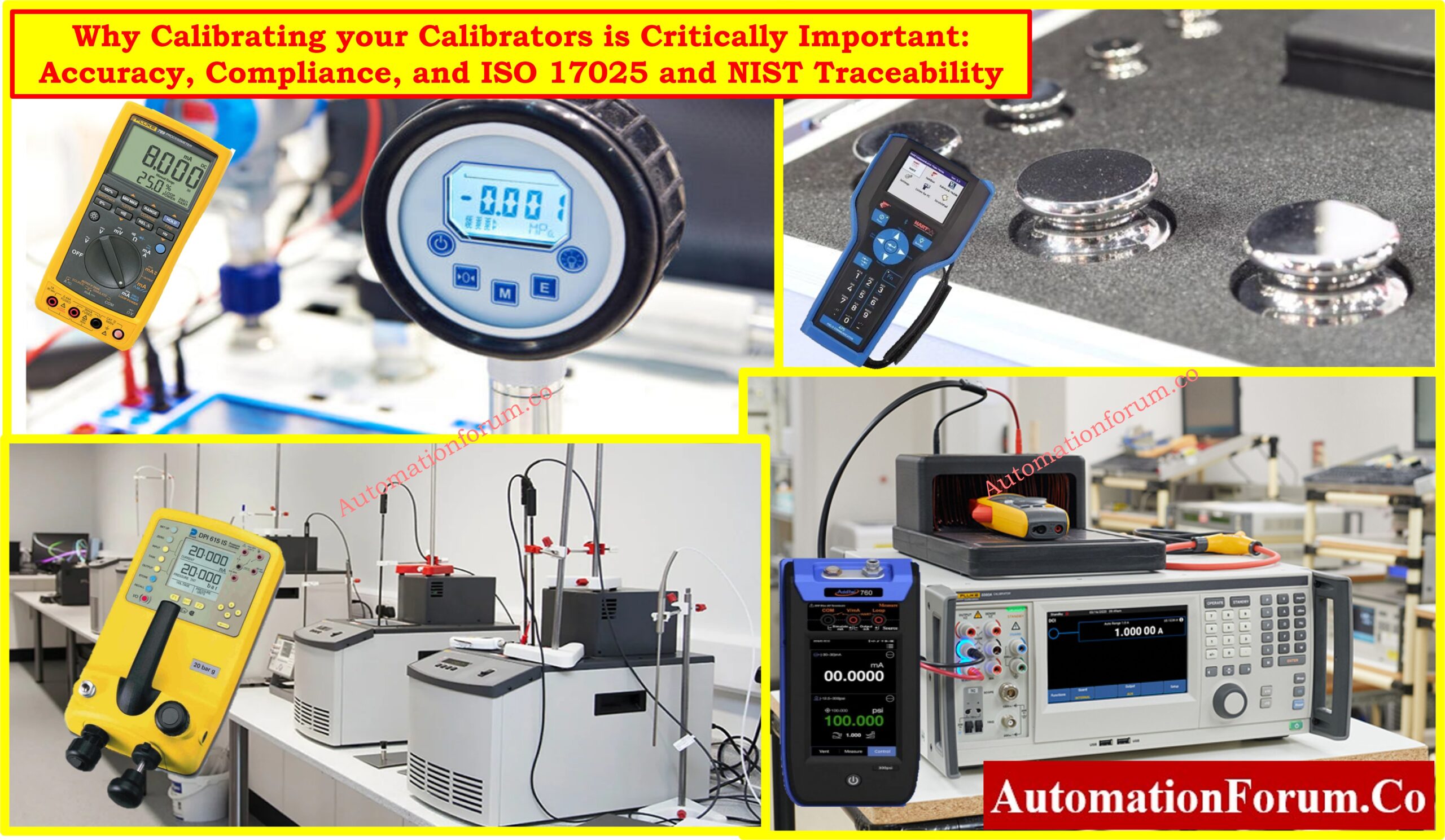- Thermocouple Types and Reference Table
- Type S Thermocouple mV Reference Table: [Download PDF]
- Type K Thermocouple mV Reference Table: [Download PDF]
- Type C Thermocouple mV Reference Table: [Download PDF]
- Type E Thermocouple mV Reference Table: [Download PDF]
- Understanding the Thermocouple Circuit
- Steps to Determine Temperature from Thermocouple mV
- Example to Determine Temperature from Thermocouple mV
- Example 1: Type K Thermocouple
- Example 2: Type S Thermocouple
- NIST Thermocouple Output vs. Temperature Chart
- Key Considerations for Thermocouple Temperature Calculation
- Test your Knowledge on Thermocouples
The millivoltage that thermocouples produce is directly proportional to the temperature differential that exists between their measurement connections and their reference junctions. Using a thermocouple reference table, the temperature can be calculated by adding the recorded millivoltage and the temperature of the reference junction.
Because of its precision and ease of use, thermocouples are frequently employed to measure temperature in both industrial and laboratory environments. The thermocouple’s millivoltage output is measured, and standard tables are consulted in order to determine the temperature.
Thermocouple Types and Reference Table
The National Institute of Standards and Technology (N.I.S.T.) provides comprehensive reference tables for all thermocouple types. These tables detail the millivolt output corresponding to specific temperatures within the operational range of each thermocouple type.
Below are the links to download the reference tables for various thermocouple types:
Type B Thermocouple mV Reference Table: [Download PDF]
Type R Thermocouple mV Reference Table: [Download PDF]
Type S Thermocouple mV Reference Table: [Download PDF]
Type T Thermocouple mV Reference Table: [Download PDF]
Type K Thermocouple mV Reference Table: [Download PDF]
Type C Thermocouple mV Reference Table: [Download PDF]
Type E Thermocouple mV Reference Table: [Download PDF]
Understanding the Thermocouple Circuit

A thermocouple is a temperature measurement device that functions based on two key junctions:
- Measuring(Hot) Junction: This is the active junction exposed to the temperature being measured, allowing it to generate a voltage based on the thermal gradient.
- Reference Junction(Cold): This junction is kept at a stable and known temperature, often near ambient conditions or precisely controlled using an ice bath.
The output millivoltage (VD) is the result of the difference in millivoltages produced by the measuring and reference junctions. This voltage difference corresponds to the temperature difference between the two junctions, enabling accurate temperature measurement.
Steps to Determine Temperature from Thermocouple mV
This process enables precise temperature determination using thermocouple outputs.
- Measure the Output Millivoltage (VD):
Use a voltmeter to measure the millivoltage output of the thermocouple. - Determine the Reference Junction Temperature:
Measure the temperature of the reference junction using a thermometer or a temperature sensor. - Find Reference Junction Millivoltage:
Using the thermocouple’s reference table, identify the millivoltage value that corresponds to the measured reference junction temperature. - Calculate the Total Millivoltage:
Add the millivoltage of the reference junction to the measured millivoltage:
Total Millivolt=VD+Reference Millivolt - Lookup the Temperature in the Table:
Using the thermocouple’s reference table, locate the total millivoltage and find the corresponding temperature.
Refer the below link for Check List: How to Troubleshoot a Thermocouple?
Example to Determine Temperature from Thermocouple mV
Example 1: Type K Thermocouple

Measured VD: 5.532 mV
Reference Junction Temperature: 25°C
Step 1: Find the Reference Junction Millivoltage
According to the Type K reference table, 1.000 mV is the millivoltage that corresponds to 25°C.
Step 2: Calculate the Total Millivolt
Total Millivolt=5.532+1.000=6.532?mV
Step 3: Determine the Temperature
From the Type K reference table, a total millivoltage of 6.532 mV corresponds to a temperature of 160°C.
Example 2: Type S Thermocouple

Measured VD: 10.994 mV
Reference Junction Temperature: 0°C
Step 1: Find the Reference Junction Millivoltage
From the Type S reference table, the millivoltage at 0°C is 0.000 mV.
Step 2: Calculate the Total Millivoltage
Total Millivoltage=10.994+0.000=10.994?mV
Step 3: Determine the Temperature
From the Type S reference table, a total millivoltage of 10.994 mV corresponds to a temperature of 1120°C.
Click here for Thermocouple Commissioning Checklist
NIST Thermocouple Output vs. Temperature Chart

This chart shows the relationship between temperature (°C) and millivolt output (mV) for various thermocouple types as defined by NIST standards.
This chart helps users choose the correct thermocouple type based on temperature range and output, ensuring accuracy according to NIST reference tables.
Each curve represents a specific thermocouple type (T, E, J, K, N, R, S, B, and C), with the following characteristics:
Type T: Best for low-temperature measurements, providing high sensitivity in cooler ranges.
Types E and J: Suitable for moderate temperature ranges, with higher mV outputs at lower temperatures.
Types K and N: Common for general-purpose use, covering a wide temperature range.
Types R, S, and B: Ideal for high-temperature applications, with stable performance at elevated temperatures.
Type C: Designed for extremely high temperatures, such as in industrial furnaces.
Click here for How to Select the Right Thermocouple for Temperature Measurement Applications?
Key Considerations for Thermocouple Temperature Calculation
Reference Table Accuracy
Ensure the reference table corresponds to the specific thermocouple type (e.g., Type K, Type S) and adheres to the NIST standard for reliable results.
Cold Junction Compensation
Modern systems often perform cold junction compensation using software, automating the process.
For manual calculations, precise measurement of the reference junction temperature is essential to maintain accuracy.
Refer the below link for 8 Steps Calibration Procedure for Thermocouple
Calibration Of Thermocouple
Regular calibration of thermocouples is crucial, especially for high-precision applications, to account for drift or changes in the thermocouple’s characteristics over time.
Test your Knowledge on Thermocouples
Test your knowledge on thermocouples! This quiz covers principles, types, and industrial applications of thermocouples in engineering. Refer the below link





